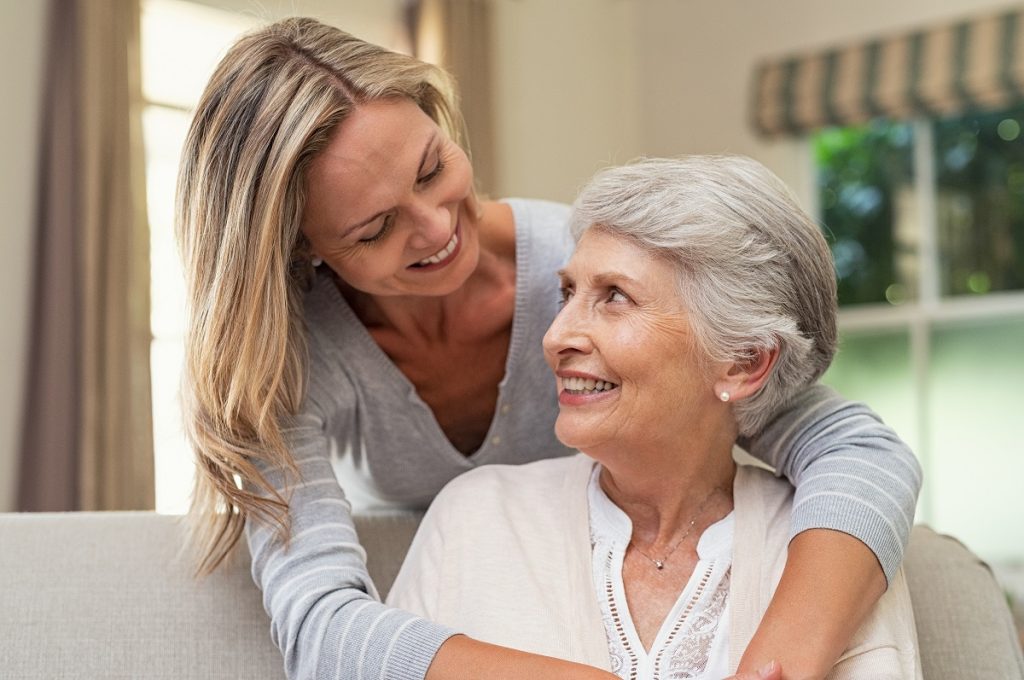- Understanding your elderly family member’s health needs is crucial for effective care.
- Make necessary home modifications to create a safe living environment.
- Foster emotional well-being by encouraging social activities and communication.
- Encourage physical activity appropriate for their age and health status.
- Consider hospice care as an end-of-life option for comfort and dignity.
Caring for an elderly family member is a responsibility that demands patience, love, and understanding. Seniors’ physical and emotional needs are distinctive, requiring you to adopt a compassionate and thoughtful approach. Here are five tips to help you provide the best care for your elderly loved one, ensuring they lead a comfortable, dignified, and healthy life.
1. Understand Their Health Needs
Understanding the specific health conditions and needs of your elderly loved one is paramount. You must be aware of their medical history, ongoing treatments, and medications they are taking.
Being knowledgeable allows you to help manage their health effectively, preventing complications and improving their quality of life. Familiarize yourself with their physicians, attend appointments, and always stay informed about their medical recommendations and prescriptions.
2. Create a Safe Living Environment

Providing a secure, nurturing, and pleasant living environment is paramount for the well-being of senior citizens.
Here are some tips on how to create a safe living environment for the elderly:
Bathroom Modifications
Our balance and coordination tend to decline as we age, making the bathroom a prime location for accidents. To prevent falls in the bathroom, consider installing grab bars near the bathtub or shower and toilet area. These can support when getting in and out of the tub or sitting on the toilet.
Additionally, make sure all surfaces in the bathroom are non-slip. This includes placing a non-slip mat on the bathtub or shower floor and using non-slip rugs on the bathroom floor.
Kitchen Modifications
The kitchen can also be hazardous for seniors with decreased mobility and agility. Ensure all frequently used items, such as dishes, cooking utensils, and pantry items, are within easy reach. Install pull-out shelves and drawers to eliminate the need for reaching and bending.
Consider installing a single lever faucet, which is easier to use than traditional knobs. Add extra lighting under cabinets and in the cooking areas to improve visibility.
Bedroom Modifications
The bedroom should be a safe and comfortable haven for the elderly. Keep pathways clutter-free, making navigating easier with a walker or cane. Use nightlights to prevent trips and falls in the dark.
Invest in a good quality mattress that provides proper support, making getting in and out of bed easier. Install handrails on both sides of the bed for added stability.
General Safety Measures
Apart from specific modifications, there are general safety measures you can implement to create a safe living environment for the elderly. Install smoke and carbon monoxide detectors throughout the house and ensure they function properly.
Keep emergency contact numbers, including your own and a trusted neighbor or family member, in an easily accessible location. Ensure all indoor and outdoor pathways are well-lit to avoid accidents and falls during the night.
3. Foster Emotional Well-being
Elderly individuals often grapple with loneliness and depression. Engaging them in social activities and encouraging communication is crucial to foster emotional well-being.
Ensure they have regular contact with family and friends, and encourage participation in community events or groups where they can interact with peers. Providing emotional support and companionship significantly enhances their mood and overall happiness.
4. Encourage Physical Activity

Physical activity is vital in maintaining health and mobility in the elderly. Encourage your loved one to exercise routines appropriate for their age and health status.
Gentle exercises like walking, yoga, or tai chi can improve strength, flexibility, and balance. Always consult healthcare professionals to design a safe and effective exercise program tailored to their needs and limitations.
5. Consider End-of-Life Care Options
When your elderly family member reaches a stage where medical treatments are no longer effective or desired, it might be time to consider hospice care. Hospice provides comprehensive care to relieve suffering and improve the quality of life for individuals facing life-limiting illnesses.
With a focus on comfort and dignity, hospice care supports the patient and provides respite and counseling for family members. It’s a thoughtful approach to end-of-life care that respects the wishes of your loved one while providing emotional and spiritual support to both the patient and the family during a challenging time.
In Summary
Taking care of an elderly family member is a significant responsibility that demands considerable time, patience, and empathy. Understanding their health needs, creating a safe living environment, fostering emotional well-being, encouraging physical activity, and considering end-of-life care options like hospice can ensure your loved one spends their golden years in comfort and dignity. Always remember the support and care you provide make a substantial difference in their lives, offering them the love and respect they deserve.
